Rising Cancer Incidence
The Brachytherapy Device Market is significantly influenced by the rising incidence of cancer worldwide. According to recent statistics, cancer cases are expected to increase, with projections indicating that nearly 30 million new cases may be diagnosed annually by 2040. This alarming trend is prompting healthcare providers to seek effective treatment options, including brachytherapy, which is particularly effective for localized cancers such as prostate and cervical cancer. The increasing awareness of brachytherapy's benefits, coupled with its minimally invasive nature, is likely to drive demand for these devices. Consequently, the market is poised for substantial growth as healthcare systems adapt to the escalating cancer burden and prioritize advanced treatment solutions.
Growing Awareness and Patient Preference
The Brachytherapy Device Market is witnessing a surge in awareness among patients regarding the benefits of brachytherapy. Educational initiatives and advocacy groups are playing a crucial role in informing patients about the advantages of this treatment modality, such as shorter recovery times and reduced side effects compared to traditional radiation therapy. As patients become more informed, there is a noticeable shift in preference towards brachytherapy for certain cancer types. This growing patient preference is likely to drive demand for brachytherapy devices, as healthcare providers respond to the changing landscape of patient expectations. Consequently, the market is expected to experience robust growth as more patients opt for these advanced treatment options.
Regulatory Support and Reimbursement Policies
The Brachytherapy Device Market benefits from favorable regulatory support and reimbursement policies that encourage the adoption of innovative treatment options. Regulatory bodies are increasingly recognizing the efficacy of brachytherapy, leading to streamlined approval processes for new devices. Additionally, many health insurance providers are expanding coverage for brachytherapy treatments, making them more accessible to patients. This supportive environment is likely to enhance market growth, as healthcare providers are more inclined to invest in brachytherapy devices knowing that reimbursement is available. As a result, the market is expected to expand, with a projected increase in the number of procedures performed using these devices.
Technological Advancements in Brachytherapy Devices
The Brachytherapy Device Market is experiencing a notable transformation due to rapid technological advancements. Innovations such as high-dose-rate (HDR) brachytherapy and image-guided brachytherapy are enhancing treatment precision and patient outcomes. These technologies allow for targeted radiation delivery, minimizing damage to surrounding healthy tissues. The integration of advanced imaging techniques, such as MRI and CT scans, further supports accurate placement of brachytherapy sources. As a result, the market is projected to grow significantly, with estimates suggesting a compound annual growth rate (CAGR) of over 7% in the coming years. This growth is driven by the increasing adoption of these advanced devices in clinical settings, reflecting a shift towards more effective cancer treatment modalities.
Increasing Investment in Cancer Treatment Technologies
The Brachytherapy Device Market is benefiting from increasing investments in cancer treatment technologies. Governments and private organizations are allocating substantial funds to research and development in oncology, with a focus on improving treatment outcomes. This influx of capital is fostering innovation in brachytherapy devices, leading to the development of more effective and efficient treatment options. Furthermore, collaborations between academic institutions and industry players are enhancing the research landscape, resulting in novel brachytherapy solutions. As investment continues to rise, the market is likely to expand, driven by the introduction of cutting-edge technologies that improve patient care and treatment efficacy.
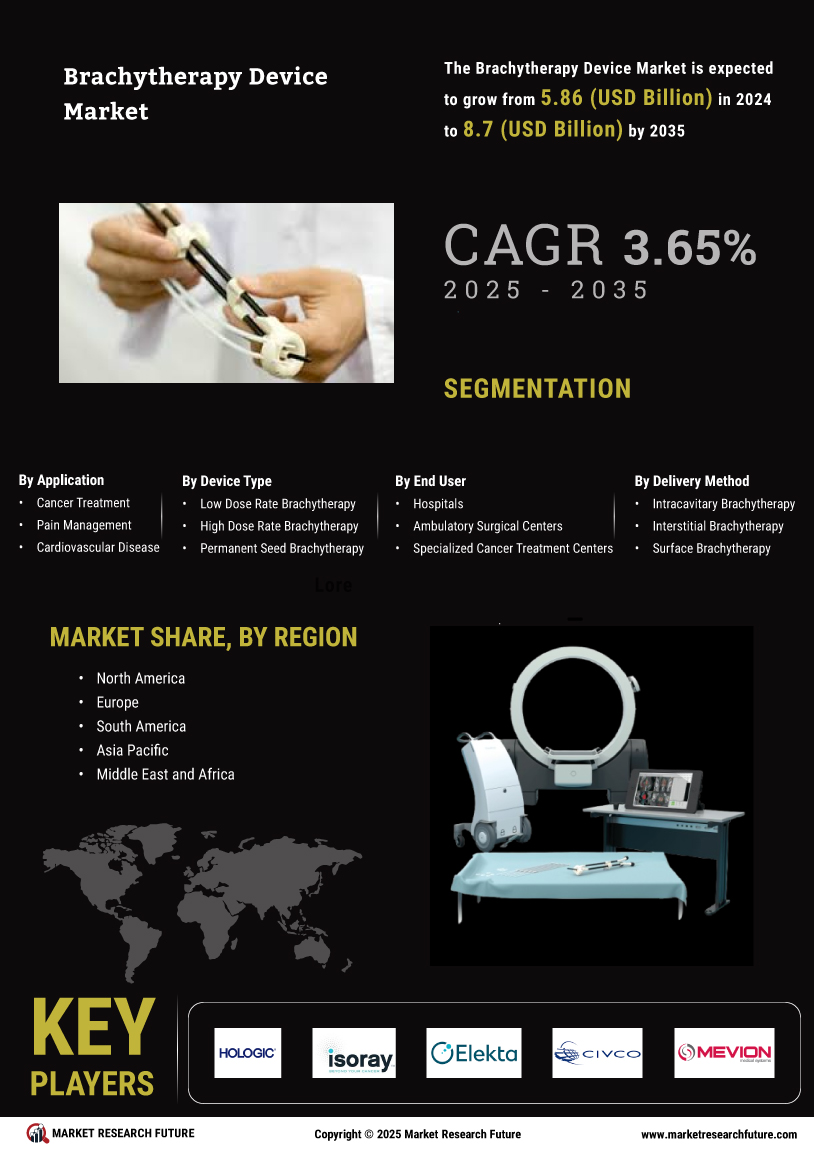

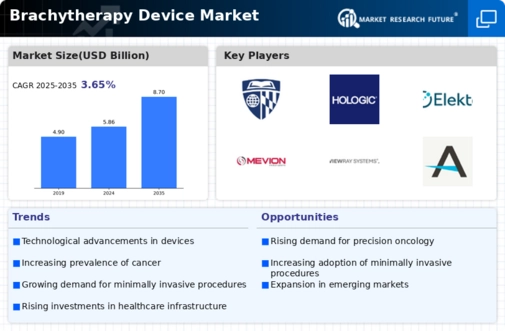
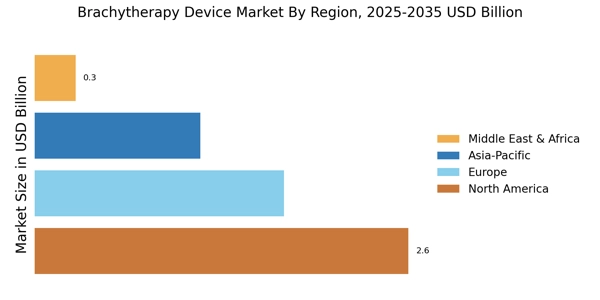
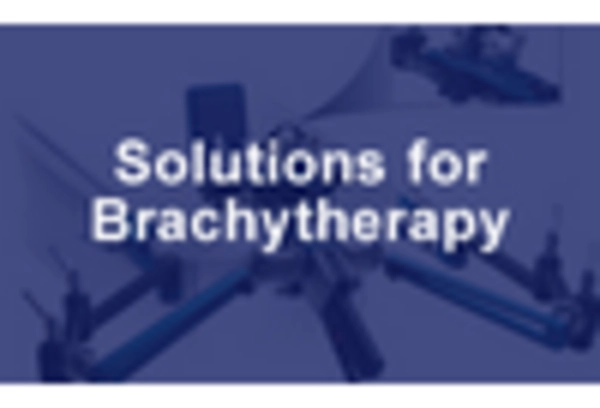
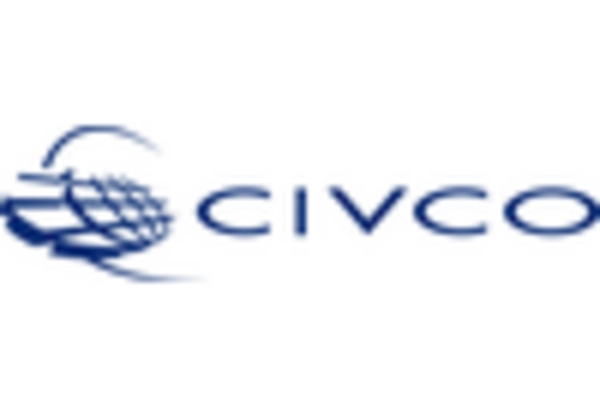
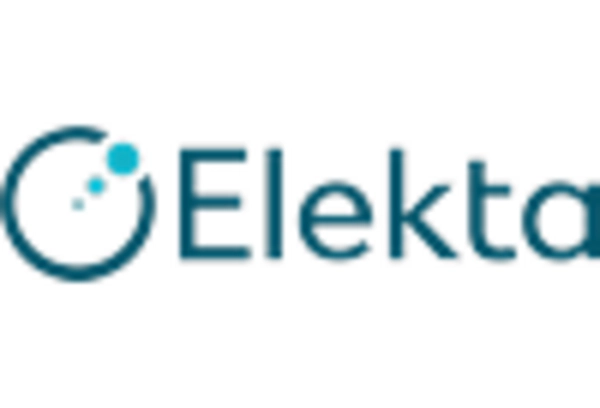
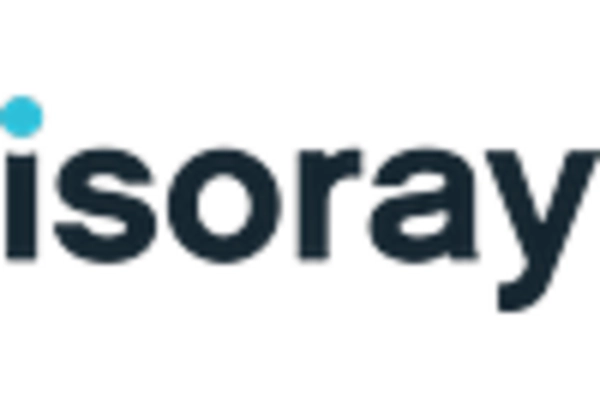
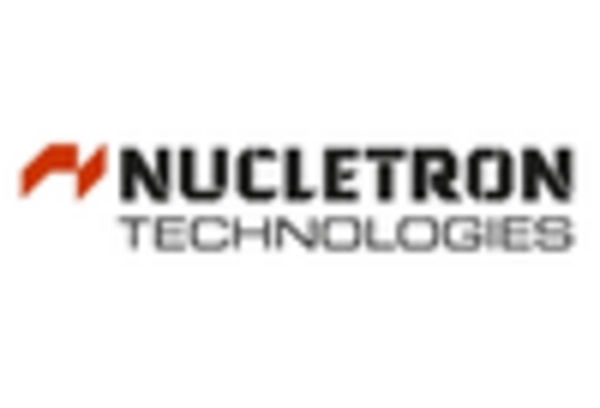
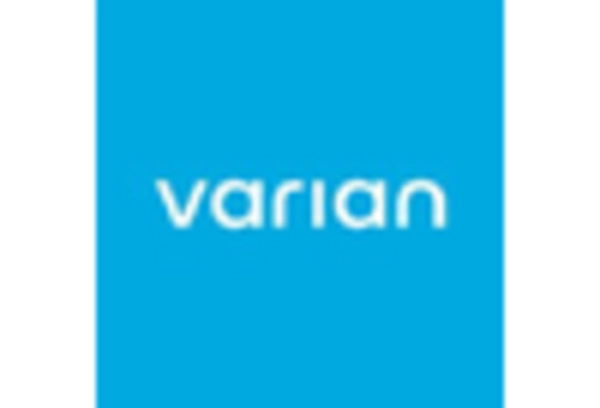








Leave a Comment